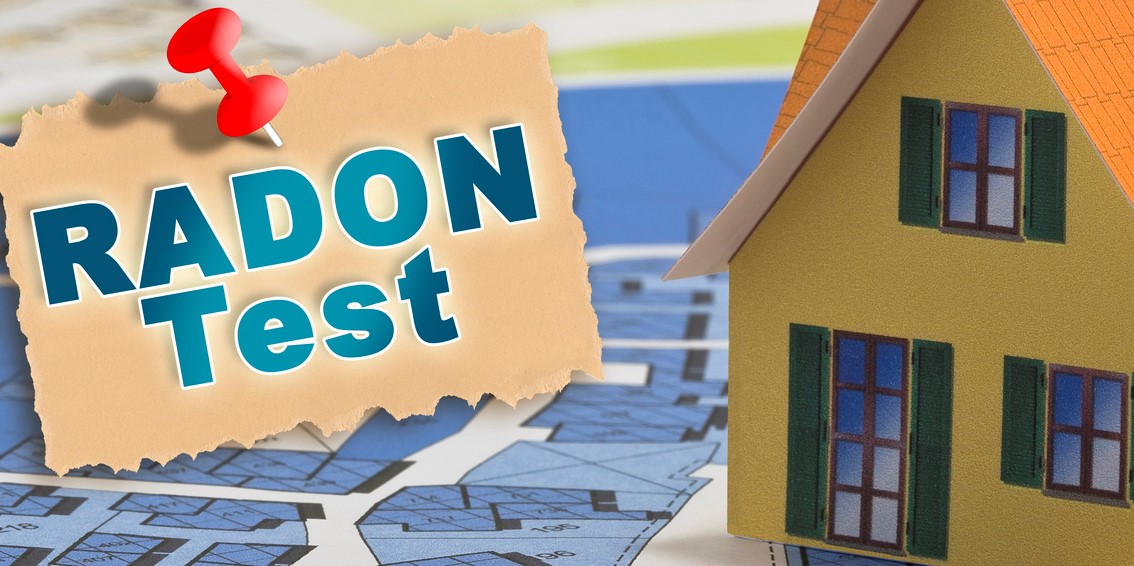
With lung cancer being the leading cause of cancer death in the United States, limiting one’s exposure to toxic chemicals, gasses, and other carcinogens is essential. Most people do not know about radon until they buy a home or sell their home, but the issue of radon exposure has been well-documented and studied by experts.
Of the hundreds of thousands of lung cancer cases that strike Americans every year, 21,000 are attributed to radon exposure.
A colorless, odorless, and tasteless gas, radon can be found in rock and soil around and under a home’s foundation. It seeps into cracks and other openings and can reach dangerous levels quickly if not detected and mitigated.
While too many of us are unaware we are breathing dangerous levels of radon gas, prolonged exposure can lead to lung cancer. Because the signs of lung cancer can lie dormant for some time, the undetectable nature of both the cause and effect can create a significant issue for people.
It can be especially problematic if you have children. According to the CDC, the risk of lung cancer from radon exposure could be nearly twice as high in children due to their different lung shapes and size.
Protecting your children from this radioactive gas should be a top priority when purchasing a home, no matter the age of the house, the type of foundation, or the geographic location. Often called a “silent killer,” radon can wreak havoc in a family if not adequately addressed.
How to Monitor Radon Levels
The lower levels of homes are the areas that are particularly vulnerable to radon entry, but radon can be found anywhere in your house. Outdoors, radon is not an issue because it dilutes rapidly into the atmosphere, but when trapped within the home’s walls, it becomes a potentially deadly problem over time.
An accurate detection system is required to discover how much radon is present in your home. There are a number of testing options available to families who may be purchasing a new home or have concerns about the risk of exposure in the air where they live.
Related: Reducing Chemical Exposure
With new home purchases, radon specialists typically perform a standard 48-hour test because of the limited inspection time allowed prior to closing. This short-term test typically gives someone a good baseline to hold the seller accountable for mitigation as a contingency.
However, a continuous monitoring system works to verify the indoor radon concentrations going forward. Radon levels typically fluctuate over time based on several factors, such as weather changes and temperature variations, which can alter the pressure relationship between indoors and the soil and rock below the home.
In most homes, the indoor air is at a slightly lower air pressure with respect to the soil below. That pressure differential literally draws soil gasses, including radon, into the living space.
A continuous monitoring system can track these fluctuations before they become critical issues, even after a mitigation system is installed. Several radon detectors are available to homeowners, including some affordable yet high-tech options that work with smartphones, integrate AI, and take a decor-friendly approach with their style.
Even the best homeowners insurance for older homes doesn’t usually cover radon monitoring, but you still have the responsibility to ensure your home is protected, especially if you have children or pets.
These devices can create peace of mind for parents by continuously monitoring the radon in the air they breathe day in and day out. Not only can continuous monitoring stave off the potential for cancer in children, but it may also help with issues including chronic pneumonia, pulmonary fibrosis, and a range of breathing issues.
If radon is entering your home, it is likely other soil gasses and vapors are as well.
Related: Radon: Keeping Your Family Safe
How to Mitigate the Effects of Radon
A mitigation system is warranted when radon is found to meet or exceed EPA’s 4 pCi/L action level. Yet, there is no safe level of radon; lowering concentrations of less than 4 pCi/L merely provides a reduced risk of exposure. As mentioned, if you are selling your home, installing a mitigation system could be imperative to closing the deal.
A family should seek the help of a mitigation expert to reduce their indoor radon levels. You can find professionals through your state radon office or by looking online for professionals that are NRPP or NRSB certified and come highly rated. They will assess your needs and recommend the best mitigation options to fit your home and budget.
Active sub-slab suction is the most often relied-upon mitigation option because it can reduce radon levels by up to 99%. This approach involves inserting a suction pipe(s) through the ground floor slab directly into the gravel rock or soil underneath.
The system fan and suction pipes continuously divert the radon and soil gasses from entering your home by exhausting them safely above the roof, where they quickly dissipate in the air.
In houses with crawl spaces, the same result is accomplished by placing and sealing a membrane over the exposed dirt and exhausting the soil gas above the roof with a pipe and inline fan.
An energy-recovery ventilation (ERV) system can also be useful if your indoor radon is less than 6 pCi/L. This system can often dilute the radon by as much as 50% while efficiently providing more ventilation air.
When considering budget, a radon mitigation system can run anywhere from $800 to $3,000 for larger homes. Homeowners' insurance typically does not cover the cost of radon mitigation; however, having a mitigation system in place can increase the value of your home and save time and potential headaches if you decide to sell.
Related: Chemical Exposure and the Increase of Childhood Cancer
How to Keep Kids Safe
Given that children are so much more susceptible to lung cancer due to radon exposure, it is essential that families with children take radon exposure seriously.
The more education people have about radon and its adverse effects, the more people will take the steps necessary to lessen exposure. This increased awareness could lead to reduced instances of lung cancer and other lung-related issues in children in the future.
A continuous radon detection system is highly recommended for a safer home, even after installing a mitigation system. The peace of mind that comes with being aware of a problem and taking measures to remediate when necessary is priceless — especially when it leads to better health for your children.



























